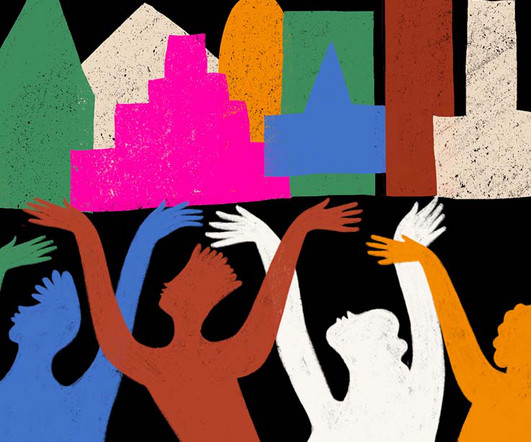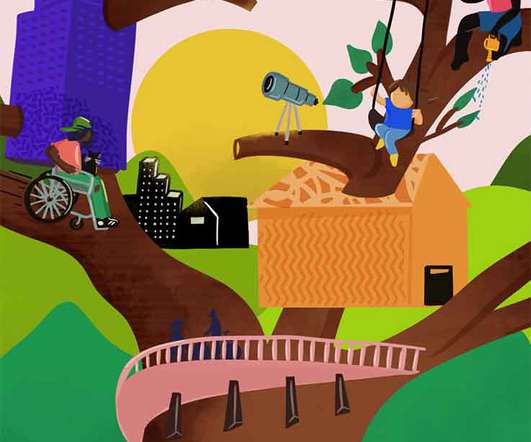We Must Be Founders
Stanford Social Innovation Review
MAY 6, 2024
A third of the people in this country, nearly 100 million, live below 200 percent of the federal poverty level , where the loss of income from even a short-term illness can be insurmountable. The expanded (but now expired) child tax credits alone cut childhood poverty by 30 percent in only six months. This work is urgent.












Let's personalize your content